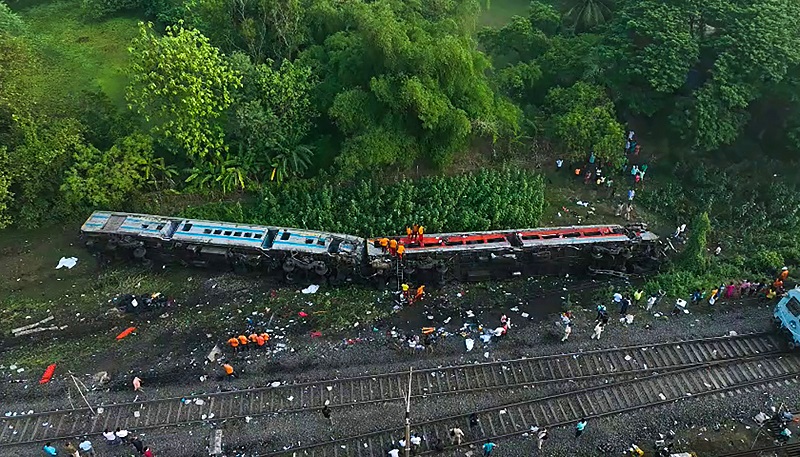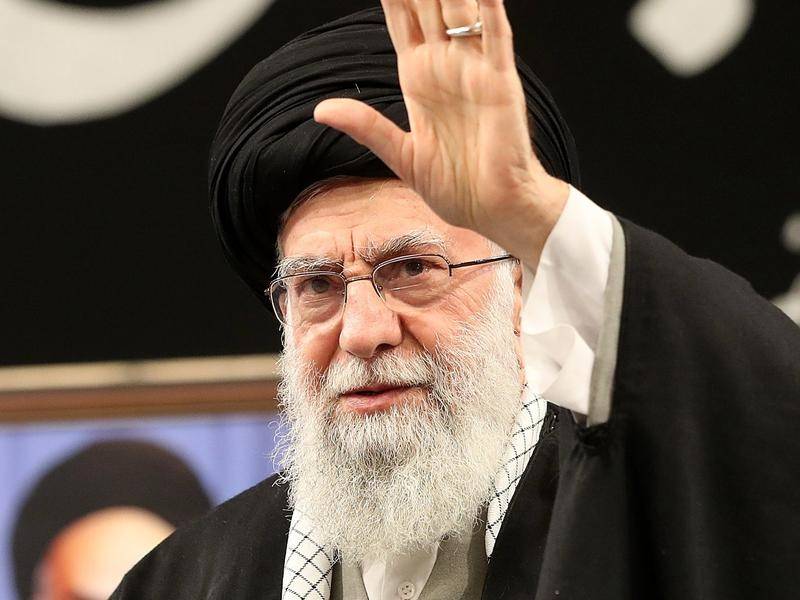
NEW DELHI- India’s vast rail network is undergoing a $30 billion transformation with gleaming new trains and modern stations but Friday’s deadly train accident shows more attention should be paid to safety, industry analysts said.
At least 261 people were killed in the country’s worst rail accident in over two decades after a passenger train went off the tracks and hit another in Odisha.
Indian Railways runs the fourth largest train network in the world. It transports 13 million people every day and moved nearly 1.5 billion tonnes of freight in 2022.
Long-considered the lifeline of the world’s most populous country, the 170-year-old system has seen rapid expansion and modernisation under Prime Minister Narendra Modi’s push to boost infrastructure and connectivity in the fast-growing economy.
This year, the government made a record 2.4-trillion-rupee ($30 billion) capital outlay for the railways, a 50 per cent increase over the previous fiscal year, to upgrade tracks, ease congestion and add new trains.
A new, semi-high-speed train built in India and called the “Vande Bharat Express”, or “Salute to India Express”, is showcased as evidence of this modernisation, with PM Modi himself flagging off the first journeys of many of the trains around the country.
But Friday’s crash has come as a jolt to this makeover, experts said.
“The safety record has been improving over the years but there is more work to do,” said Prakash Kumar Sen, head of the department of mechanical engineering at Kirodimal Institute of Technology in central India and lead author of a 2020 study on “Causes of Rail Derailment in India and Corrective Measures”.
“Human error or poor track maintenance are generally to blame in such crashes,” Sen said.
The railways have been introducing more and more trains to cope with soaring demand but the workforce to maintain them has not kept pace, he said.
Workers are not trained adequately or their workload is too high, and they don’t get enough rest, Sen said.
The east coast route on which Friday’s crash occurred, is one of the country’s oldest and busiest, as it also carries much of India’s coal and oil freight, he said.
“These tracks are very old … the load on them is very high, if maintenance is not good, failures will happen,” Sen said.
‘Good safety record’
Indian Railways maintains that safety has always been a key focus, and points to its low accident rate over the years.
“This question (on safety) is arising because there has been one incident now. But if you see the data, you will see that there have been no major accidents for years,” a railways ministry spokesperson said.
The number of accidents per million train kilometres, a gauge of safety, had fallen to 0.03 in fiscal 2021-22 from 0.10 in 2013-14, the spokesperson said.
A 1-trillion-rupee, five-year safety fund created in 2017-18 has been extended for another five years from 2022-23, with a further 450 billion rupees of funding, after the first plan led to an “overall improvement in safety indicators”, he added.
“Some malfunction has happened and that the inquiry will reveal,” he said, referring to Friday’s crash. “We will find out why it happened and how it happened.”
Srinand Jha, an independent transport expert and author at the International Railway Journal, said the railways have been working on safety mechanisms such as anti-collision devices and emergency warning systems but have been slow to install them across the network.
“They will always tell you that accidents are at a very manageable level because they talk about them in terms of percentages,” Jha said, adding that in recent years the focus has been more on new trains and modern stations and not as much on tracks, signalling systems and asset management.
“This accident brings out the need to focus more on these aspects,” he said.
Follow this link to join our WhatsApp group: Join Now
Be Part of Quality Journalism |
Quality journalism takes a lot of time, money and hard work to produce and despite all the hardships we still do it. Our reporters and editors are working overtime in Kashmir and beyond to cover what you care about, break big stories, and expose injustices that can change lives. Today more people are reading Kashmir Observer than ever, but only a handful are paying while advertising revenues are falling fast. |
| ACT NOW |
| MONTHLY | Rs 100 | |
| YEARLY | Rs 1000 | |
| LIFETIME | Rs 10000 | |










